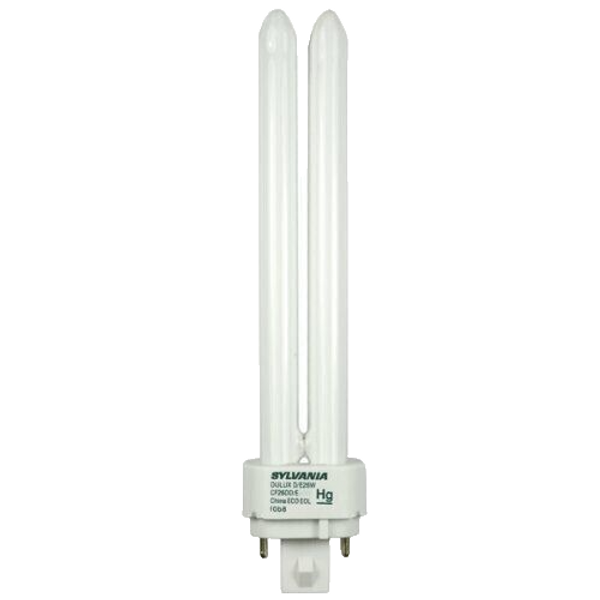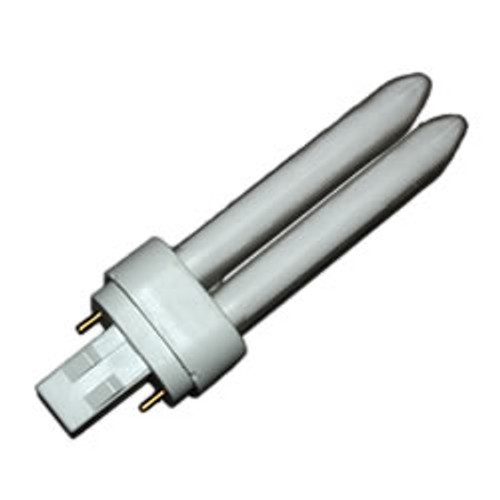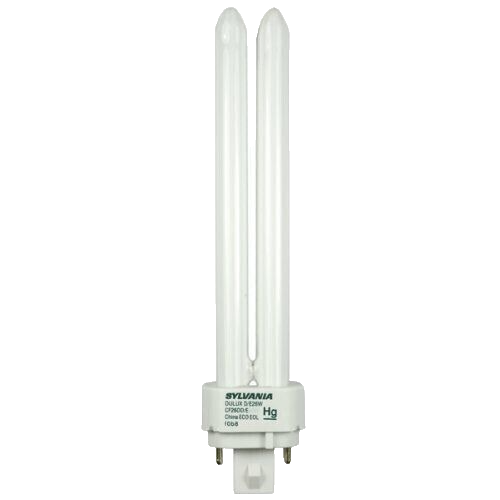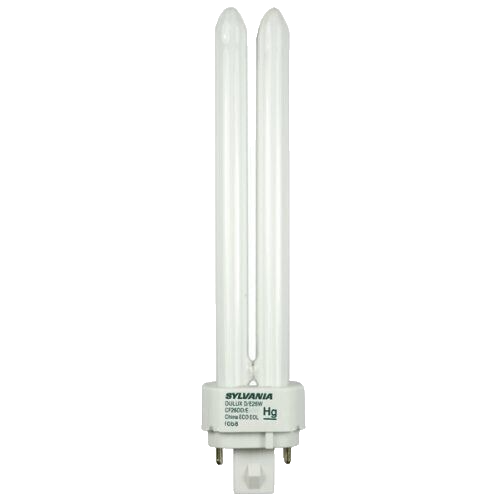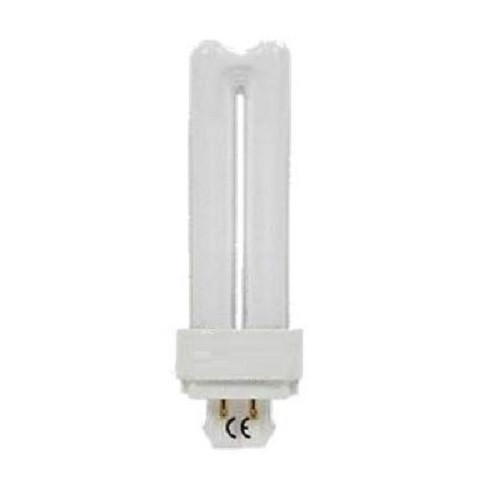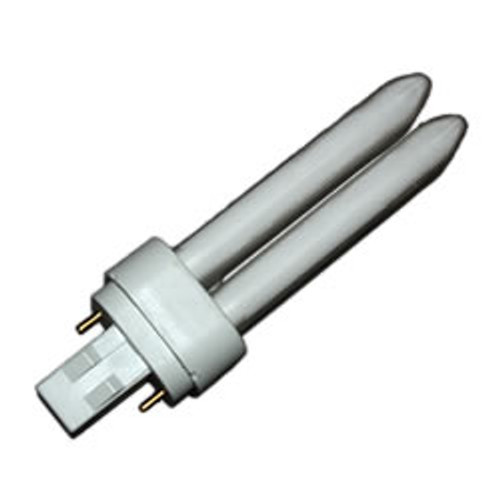- Approximate initial lumens after 100 hours operation.
- Minimum starting temperature is a function of the ballast; consult the ballast manufacturer.
- There is a NEMA supported, industry issue where T2, T4, and T5 fluorescent and compact fluorescent lamps operated on high frequency ballasts may experience an abnormal end-of-life phenomenon.
- This end-of-life phenomenon can resultin one or both of the following: 1. Bulb wall cracking near the lamp base. 2. The lamp can overheat in the base area and possibly melt the base and socket. NEMA recommends that high frequency compact fluorescent ballasts have an end-of-life shutdown circuit which will safely and reliably shut down the system in the rare event of an abnormal end-of-life failure mode described above. The final requirements of this system are yet to be defined by ANSI.
- For additional information refer to NEMA papers on their WEBSITE at www.NEMA.org.
Sylvania Ecologic fluorescent lamps are designed to pass the Federal Toxic Characteristic Leaching Procedure (TCLP) criteria for classification as non-hazardous waste in most states. TCLP test results are available upon request. Lamp disposal regulations may vary, check your local & state regulations.
- For more information, please visit www.lamprecycle.org
The life ratings of fluorescent lamps are based on 3 hr. burning cycles under specified conditions and with ballast meeting ANSI specifications.
- If burning cycle is increased, there will be a corresponding increase in the average hours life.
Rule of Thumb for Compact Fluorescent Lamps:
- Divide wattage of incandescent lamp by 4 to determine approximate wattage of compact fluorescent lamp that will provide similar light output.
- For Use With Electronic & CFL Dimming Ballasts
|
![]()

